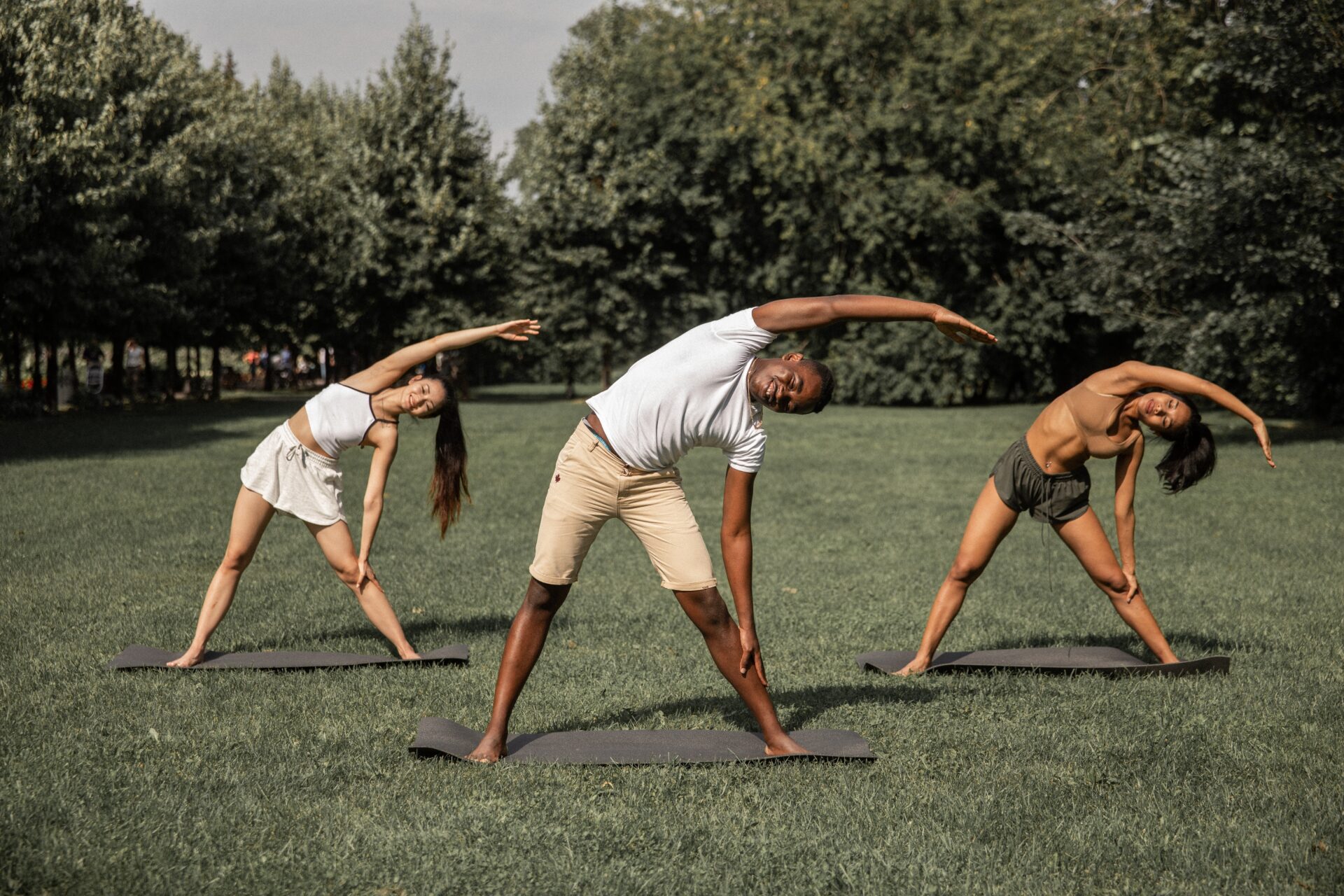
Here’s what happens in your brain when you’re trying to make or break a habit
Ashleigh Elizabeth Smith, University of South Australia; Carol Maher, University of South Australia, and Susan Hillier, University of South Australia
Did you set a New Year’s resolution to kick a bad habit, only to find yourself falling back into old patterns? You’re not alone. In fact, research suggests up to 40% of our daily actions are habits – automatic routines we do without thinking. But how do these habits form, and why are they so difficult to break?
Habits can be likened to riverbeds. A well-established river has a deep bed and water is likely to consistently flow in that direction. A new river has a shallow bed, so the flow of water is not well defined – it can vary course and be less predictable.
Just like water down a riverbed, habits help our behaviour “flow” down a predictable route. But what we are really talking about here is learning and unlearning.
What happens in the brain when we form a habit?
During the early stages of habit formation, the decision parts of your brain (pre-frontal cortices) are activated, and the action is very deliberate (instead of hitting snooze you make the choice to get out of bed). When a new routine is initiated, brain circuits – also called neural networks – are activated.
The more often you repeat the new action, the stronger and more efficient these neural networks become. This reorganising and strengthening of connections between neurons is called neuroplasticity, and in the case of building habits – long-term potentiation. Each time you perform the new action while trying to form a habit, you need smaller cues or triggers to activate the same network of brain cells.
Habits strengthen over time as we form associations and earn rewards – for example, not hitting snooze makes getting to work on time easier, so you feel the benefits of your new habit.

Later, as habits strengthen, the decision parts of the brain no longer need to kick in to initiate the action. The habit is now activated in memory and considered automatic: the neural circuits can perform the habit without conscious thought. In other words, you don’t need to choose to perform the action any more.
How long does it really take to form a habit?
Popular media and lifestyle advice from social media influencers often suggest it takes 21 days to make or break a habit – an idea originally presented in the 1960s. This is generally considered an oversimplification, though empirical evidence is surprisingly sparse.
A seminal study published in the European Journal of Social Psychology is often cited as showing habits take anywhere from 18 to 254 days to form, with an average of about 66 days.
In that study, 96 people were asked to choose a new health habit and practice it daily for 84 days. Of the original 96 participants, 39 (41%) successfully formed the habit by the end of the study period. The level of success in forming a habit, and the length of time to form the habit, appeared to vary based on the type of goal.
For example, goals related to drinking a daily glass of water were more likely to be successful, and be performed without conscious thought faster than goals related to eating fruit or exercising. Furthermore, the time of day appeared important, with habits cued earlier in the day becoming automatic more quickly than those cued later in the day (for example, eating a piece of fruit with lunch versus in the evening, and walking after breakfast versus walking after dinner).
The study was fairly small, so these findings aren’t definitive. However, they suggest that if you haven’t been able to embed a new habit in just 21 days, don’t fret – there’s still hope!
What about breaking unwanted habits?
Most of us will also have habits we don’t like – unwanted behaviours. Within the brain, breaking unwanted habits is associated with a different form of neuroplasticity, called long-term depression (not to be confused with the mental health condition).
Instead of strengthening neural connections, long-term depression is the process of weakening them. So, how do you silence two neurons that previously have been firing closely together?
One popular approach to breaking a bad habit is pinpointing the specific cue or trigger that prompts the behaviour, and the reward that reinforces the habit.
For example, someone might bite their nails when feeling stressed, and the reward is a temporary feeling of distraction, or sensory stimulation. Once the person has identified this connection, they can try to experiment with disrupting it. For example, by using a bitter nail polish, and focusing on deep breathing exercises when feeling stressed. Once disrupted, over time the old behaviour of biting their nails can gradually fade.
Tips on how to form or break a habit
To break a habit:
- identify your triggers, and then avoid or modify them
- find a substitute: try replacing the old habit with a new and healthier one
- practise self-compassion: setbacks are a natural part of the process. Recommit to your goal and carry on.
To form a habit:
- start small: begin with a simple and achievable habit that you can easily integrate into your daily routine
- be consistent: repeat the habit consistently until it becomes automatic
- reward yourself along the way to stay motivated.
If you think of habits like that riverbed, what deepens a river is the volume of water flowing through. With behaviour, that means repetition and similarity in repetition: practising your new habit. Because new habits might be overwhelming, practising in small chunks can help – so that you are not creating a new riverbed, but maybe just deepening parts of the main stream.
Finding meaning in the new habit is critical. Some studies have reported strong findings that the belief you can change a habit is also critical. Believing in change and being aware of its potential, along with your commitment to practice, is key.![]()
Ashleigh Elizabeth Smith, Senior Lecturer – Exercise Physiology, University of South Australia; Carol Maher, Professor, Medical Research Future Fund Emerging Leader, University of South Australia, and Susan Hillier, Professor: Neuroscience and Rehabilitation, University of South Australia
This article is republished from The Conversation under a Creative Commons license. Read the original article.


